looking for DIY watering attachment for riding mower
madtripper
10 years ago
Related Stories
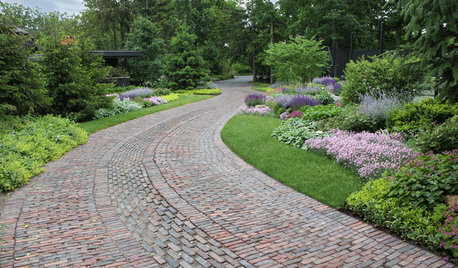
LANDSCAPE DESIGN6 Driveway Looks Take Landscapes Along for the Ride
See how to design a front yard that makes your driveway its own destination
Full Story
LANDSCAPE DESIGNGet Along With Less Lawn — Ideas to Save Water and Effort
Ditch the mower and lower your water bill while creating a feast for the eyes with diverse plantings and gathering places
Full Story
BATHROOM DESIGNGet the Look: Falling Water in the Bath
Create a Soothing Bath With Rain Showers, Mini Waterfalls and Shimmering Textures
Full Story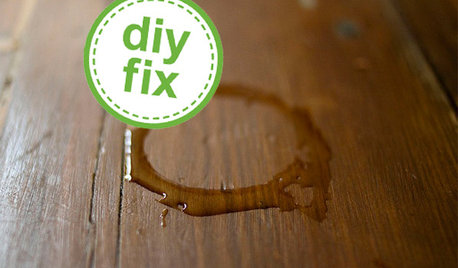
DECORATING GUIDESQuick Fix: Erase Water Rings from Furniture
A few household items can quickly rejuvenate tarnished wood tabletops
Full Story
DECORATING PROJECTSDIY Project: Wallpaper Goes Mobile
Paper Plywood Panels for a Great Look That Can Move When You Do
Full Story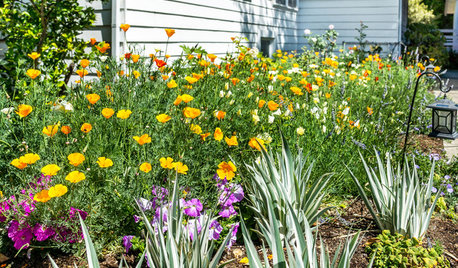
LANDSCAPE DESIGN10 Ideas for a Creative, Water-Conscious Yard
Check out these tips for a great-looking outdoor area that needs less water
Full Story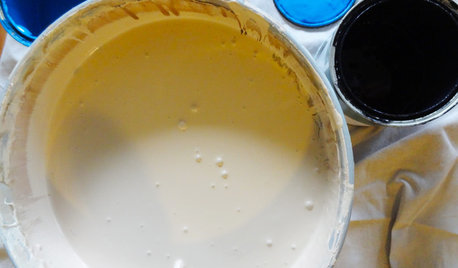
DIY PROJECTSTint Your Own Paint for New-Looking Walls
Dabbling in mixology means you can use up leftover paint and give your walls a custom look in one fell swoop
Full Story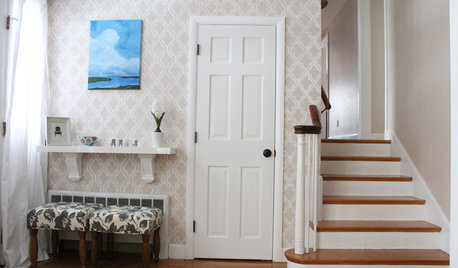
DECORATING PROJECTSGet a Wallpaper Look With a Hand-Painted Touch
Stencil a pattern for all the beauty of your favorite wallpaper at a fraction of the cost
Full Story
SAVING WATERXeriscape Gardens: How to Get a Beautiful Landscape With Less Water
Conserve water and make gardening much easier with the xeriscape approach’s 7 principles
Full Story
SAVING WATER11 Ways to Save Water at Home
Whether you live in a drought-stricken area or just want to help preserve a precious resource, here are things you can do to use less water
Full Story





twelvegauge
krnuttle
Related Professionals
Otsego Landscape Architects & Landscape Designers · Aurora Landscape Contractors · Surprise Landscape Contractors · Azalea Park Landscape Contractors · Berwyn Landscape Contractors · Dixon Landscape Contractors · Galt Landscape Contractors · Miller Place Landscape Contractors · North Ridgeville Landscape Contractors · Vashon Landscape Contractors · Boise Window Contractors · 63040 Window Contractors · Gibsonton Window Contractors · Manville Window Contractors · Mount Kisco Window Contractorsmownie
exmar zone 7, SE Ohio
Toronado3800 Zone 6 St Louis
leafeanator
gator_rider2